Score: 9/10 (Fantastic)
Pros LED ring around home button makes for a great notifications light, 1080p Full HD screen looks gorgeous, one of the speediest phones out there, LG's Optimus 3.0 UI includes a lot of additional features. | Cons Surprisingly fast draining battery, limited carrier availability in the US. |
Last year's Optimus G was easily one of the best phones that LG has ever crafted, and was quite a big success for the Korea-based company. Looking to improve an already impressive handset, and to compete with Samsung's Galaxy Note II, LG has created the Optimus G Pro. The Optimus G Pro is packing in a ton of impressive hardware specifications, and easily bests the Galaxy Note II in just about every single way. With that said though, does it have what it takes to compete with the inevitable release of Samsung's Galaxy Note III later this year? Find out in my full review!
Design/Build Quality
One thing I noticed right away about the LG Optimus G Pro is that, despite it's extremely large 5.5-inch screen size, it looks and feels quite a bit slimmer and lighter than the Galaxy Note II. The Optimus G Pro's bezel is noticeably trimmer than that of the Note II, and is over .30 ounces lighter than the Note II as well, at only 6.14 oz. The Optimus G Pro measures in at 5.91 x 3.00 x 0.37-inches, so it is also quite thin for it's large phablet size. The Optimus G Pro also looks like a really well designed phone. Even though the Pro is plastic, compared to the all glass design of the original Optimus G, there is a nice brushed metal band that wraps all along the body of the Pro, and adds a nice touch of flare to the phone. The back is also reminiscent to that of the original Optimus G, with a pretty crystal reflection that changes based on the way light is reflecting on it.
One design aspect that I really loved about the Optimus G Pro was it's home button. Aside from being really easy to press despite it being extremely thin, it also doubles as the device's notification light. Surrounding the home button is an LED ring that can light up different colors based on the type of notification that you are receiving. For example, the LED ring will light up green when the phone's received a text message, but will light up a light blue when a Facebook notification comes in. This made it really nice to be able to see what type of notification was on the phone, without having to power on the screen. The LED ring is also quite bright, so seeing it from a little bit of a distance away shouldn't prove to be too difficult at all.
Along with your standard home, back, and menu buttons, power/lock button, and volume rocker, the Optimus G Pro throws in another hardware button on the upper left-hand side of the device. By default, the button opens up LG's creative, yet ultimately useless, QuickMemo app. What's great about this hardware button though, is that you can re-map it to open up an application you want it to. I ended up mapping the button to open the camera application, and found it was really nice to be able to have such quick access to it at any time, no matter what I was doing on the phone.
Hardware
The LG Optimus G Pro boasts a giant 5.5-inch screen, along with a resolution of 1920 x 1080p Full HD. I think it goes without saying that the screen on this phone looks absolutely gorgeous. The Optimus G Pro uses an IPS panel, and colors look beautiful and accurate, without being over-saturated or washed out. When compared to other smartphones with smaller 1080p Full HD screens, such as the Samsung Galaxy S4 or HTC Droid DNA with a higher pixel density of 441 ppi, the Optimus G Pro's larger screen still looks just as stunning. If you look really close and have the eye for it, you may be able to notice that some images look just a tad fuzzier on the larger 5.5-inch form factor with 401 ppi, than they do on smaller-sized handsets. With that said, the screen still looks absolutely fantastic, and is still just as impressive as other 1080p Full HD screen resolutions.
Along with a gorgeous looking screen, the Optimus G Pro is also a boss when it comes to processing speeds. The 1.7GHz quad-core Qualcomm Snapdragon 600 CPU and 2GB of RAM make multi-tasking, gaming, Web browsing, video streaming, and anything else in between, a breeze. In the Quadrant Benchmark test, I was able to get a score of 12,008 on the Optimus G Pro. Qualcomm's Snapdragon 600 processor is an absolute beast, and makes everything you do on your smartphone buttery smooth.
Just like it's older brother on Sprint, the Optimus G Pro is packing in a 13MP rear-facing camera, as well as a 2.1 MP front-facing camera. Although I couldn't detect any major improvements in picture quality when comparing the cameras on the LG Optimus G Pro and Samsung Galaxy Note II, the G Pro was still able to deliver great looking photos, with lots of detail and accurate colors.
Just like the Note II, the Optimus G Pro also includes a ton of software features for its camera. Some of these features include HDR, Panorama, VR Panorama, Burst Shot, Dual Recording, Voice Commands, Live Effects, and more. If you're looking for a smartphone camera with more than enough software features, the Optimus G Pro should have you covered.
Just like the Note II, the Optimus G Pro also includes a ton of software features for its camera. Some of these features include HDR, Panorama, VR Panorama, Burst Shot, Dual Recording, Voice Commands, Live Effects, and more. If you're looking for a smartphone camera with more than enough software features, the Optimus G Pro should have you covered.
The Optimus G Pro is an exclusive to AT&T, and this is actually a bit of a bummer. While they are slowly building up more of a presence here in the US, LG still has quite a bit of work to do before they will be recognized as a true competitor in the smartphone market. Limiting their latest flagship device to one carrier here in the States is not going to help them at all. With that said, the Optimus G Pro has great call quality both ways, and has access to AT&T's strong 4G LTE network.
My biggest disappointed with the Optimus G Pro is easily it's battery life. Despite it's enormous 3,140 mAh battery, I quite often found myself looking for the charger when it was just around 7:30 or 8:00 PM. Keep in mind that this was with very light usage, with a little bit of Web browsing, minimal video streaming, light application usage, and numerous amounts of texts being sent and received. For a battery this large, I was quite surprised to have the Optimus G Pro die so quickly.
Software
The LG Optimus G Pro is running on Android 4.1.2 Jelly Bean with LG's Optimus 3.0 UI layered over it. Although you aren't getting the very latest and greatest flavor of Jelly Bean on the Optimus G Pro, LG's custom UI adds a ton of additional features that more than make up for the lack of Android 4.2.2.
One thing I've mentioned before when talking about LG's Optimus 3.0 UI, is how much I love all of the customization features that LG gives you. Between being able to change the screen swipe effect, scroll your home screens circularly, view the home screen in a landscape mode, changing the screen effect when unlocking the device, changing the appearance of icons on your home screens, and more, customization is truly king when it comes to LG's skin they've layered over Android Jelly Bean.
One thing I've mentioned before when talking about LG's Optimus 3.0 UI, is how much I love all of the customization features that LG gives you. Between being able to change the screen swipe effect, scroll your home screens circularly, view the home screen in a landscape mode, changing the screen effect when unlocking the device, changing the appearance of icons on your home screens, and more, customization is truly king when it comes to LG's skin they've layered over Android Jelly Bean.
One of my favorite bits of software that LG include with the Optimus G Pro is easily their QuickRemote app. By using an IR blaster that's located on the top of the handset, LG's QuickRemote application allows you to control TVs, cable boxes, audio players, DVD players, Blu-Ray players, and more with your Optimus G Pro. In my time with the device, I found that the QuickRemote app worked really great. To set up the app to work with your TV, cable box, etc., simply choose what type of device you want to control with the app, select the manufacturer of the device, and you're done. It's that simple. Along with having the convenience of being able to control your entire home theater setup with your smartphone, I always got a kick out of going to the homes of friends and family, and start turning their TV off and on, and randomly changing the station the TV was on. Watching your friends trying to figure what the heck is going on with their TV, is freaking hilarious.
Another software feature that I really liked on the LG Optimus G Pro were the QSlide apps. The QSlide apps available to you on the Optimus G are Videos, Note Pad, Calendar, and Calculator. How exactly to QSlide apps work though? Here's an example. Say that you just got done eating at a restaurant, and you decide to hop on Facebook. You get the bill, and now have to figure out how much to tip your waiter. When you open up the calculator QSlide app, a little calculator widget will pop up over the Facebook app. You can then use the calculator, while still being able to navigate Facebook at the same time. QSlide apps work no matter what you are doing on your smartphone, and are a great way to multitask. It may not be quite as intuitive as Multi-Window on the Galaxy Note II, but it is still a very welcome addition.
Final Verdict
If you are in the market for a new phablet, and you want one right this very minute, the LG Optimus G Pro is easily your best choice. With a great looking 1080p HD screen, incredibly fast processing power, intuitive design, and more, the Optimus G Pro is superior to the Samsung Galaxy Note II in virtually every way. However, if you can stand waiting just a few more months, Samsung should be making an announcement very soon regarding the highly anticipated, Galaxy Note III. Until that day comes though, the LG Optimus G Pro is the best phablet currently on the market, and is one of the strongest offerings in AT&T's lineup.
DISCLAIMER: Joseph Maring used the LG Optimus G Pro for 10 days before beginning to write his review of the device. LG sent us the Optimus G Pro to review, but in no way affected our final score of the handset.
Author: Joseph Maring
DISCLAIMER: Joseph Maring used the LG Optimus G Pro for 10 days before beginning to write his review of the device. LG sent us the Optimus G Pro to review, but in no way affected our final score of the handset.
Author: Joseph Maring
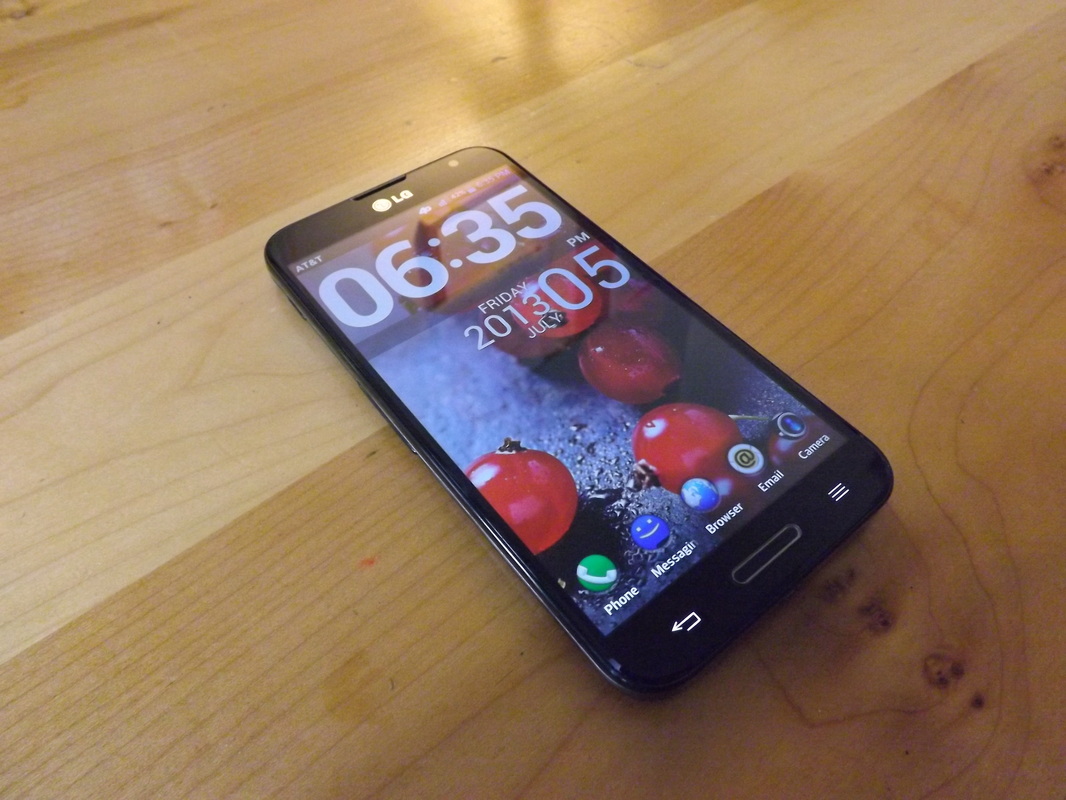
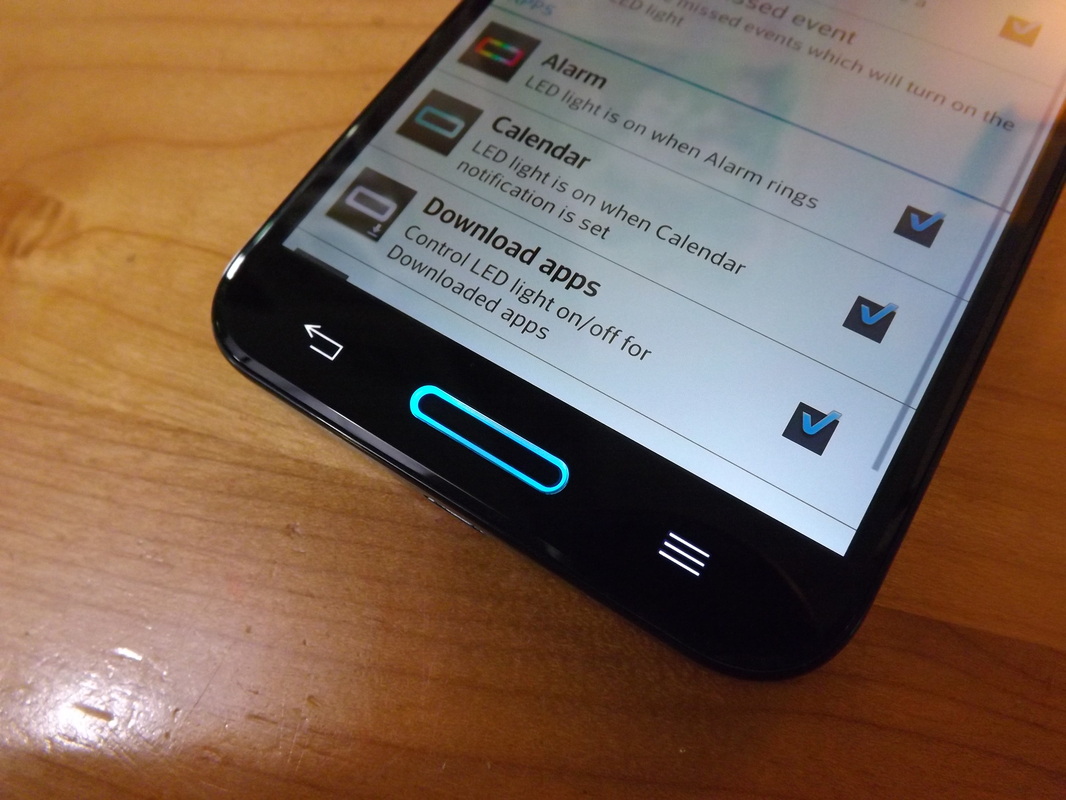
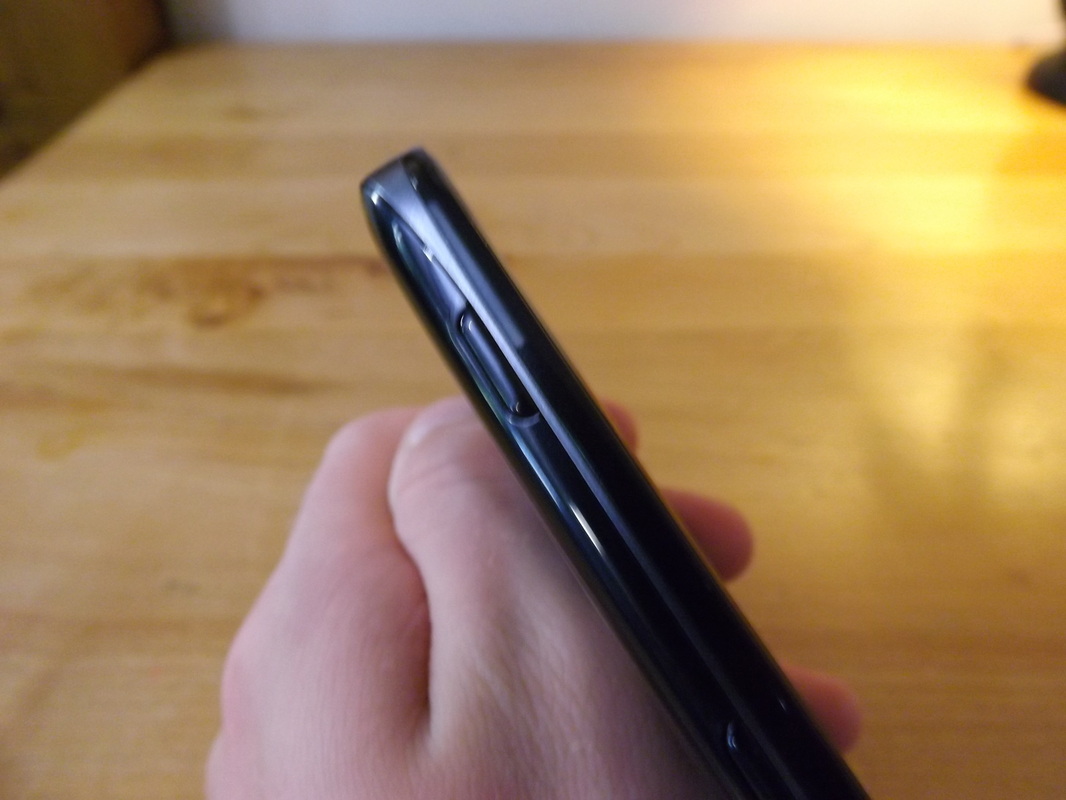


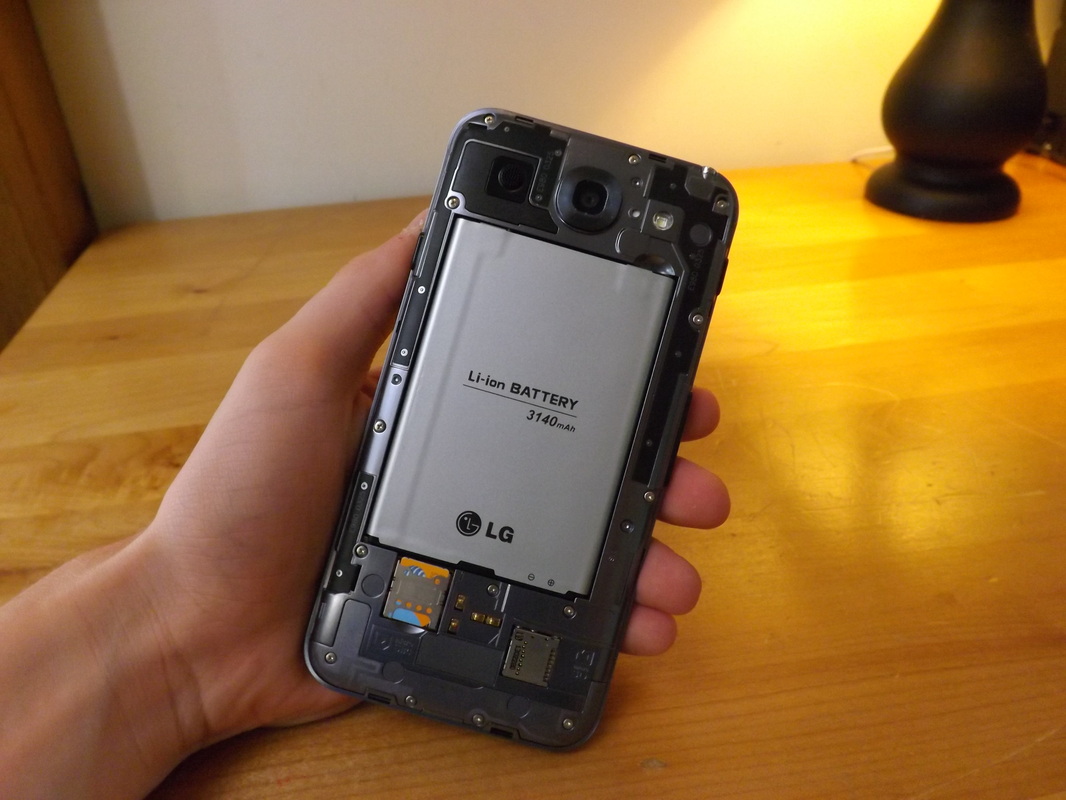
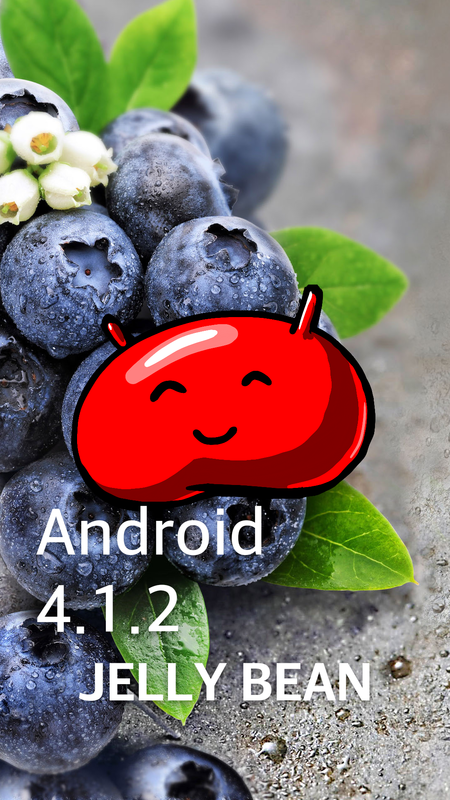
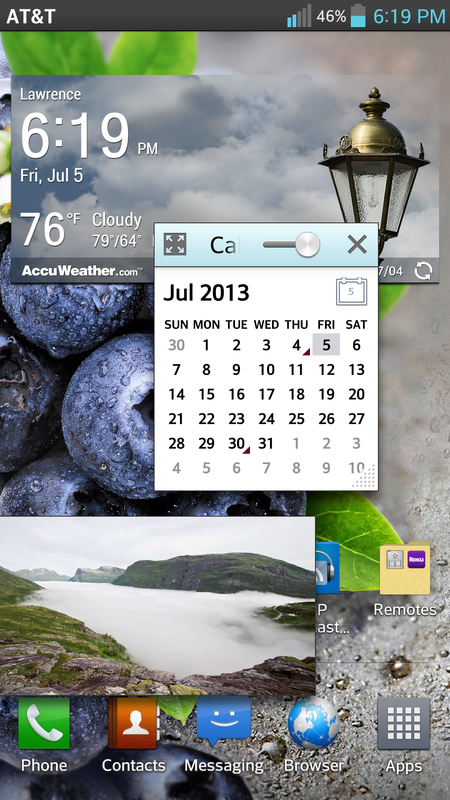
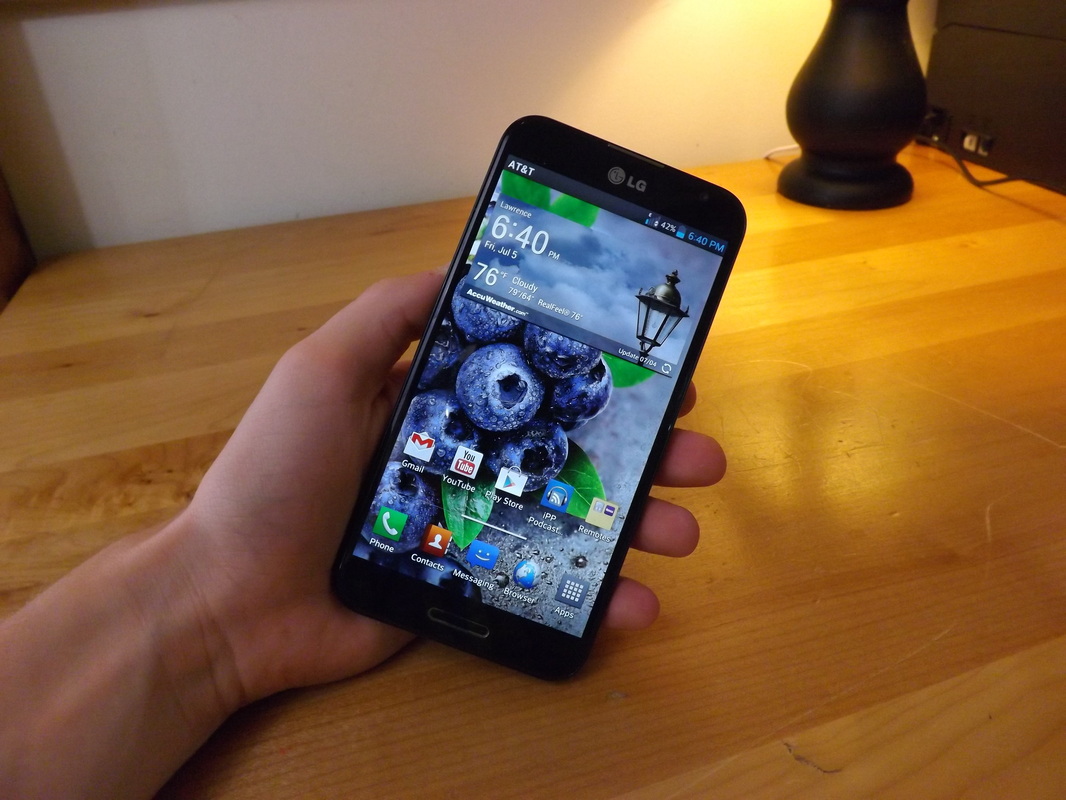
 RSS Feed
RSS Feed